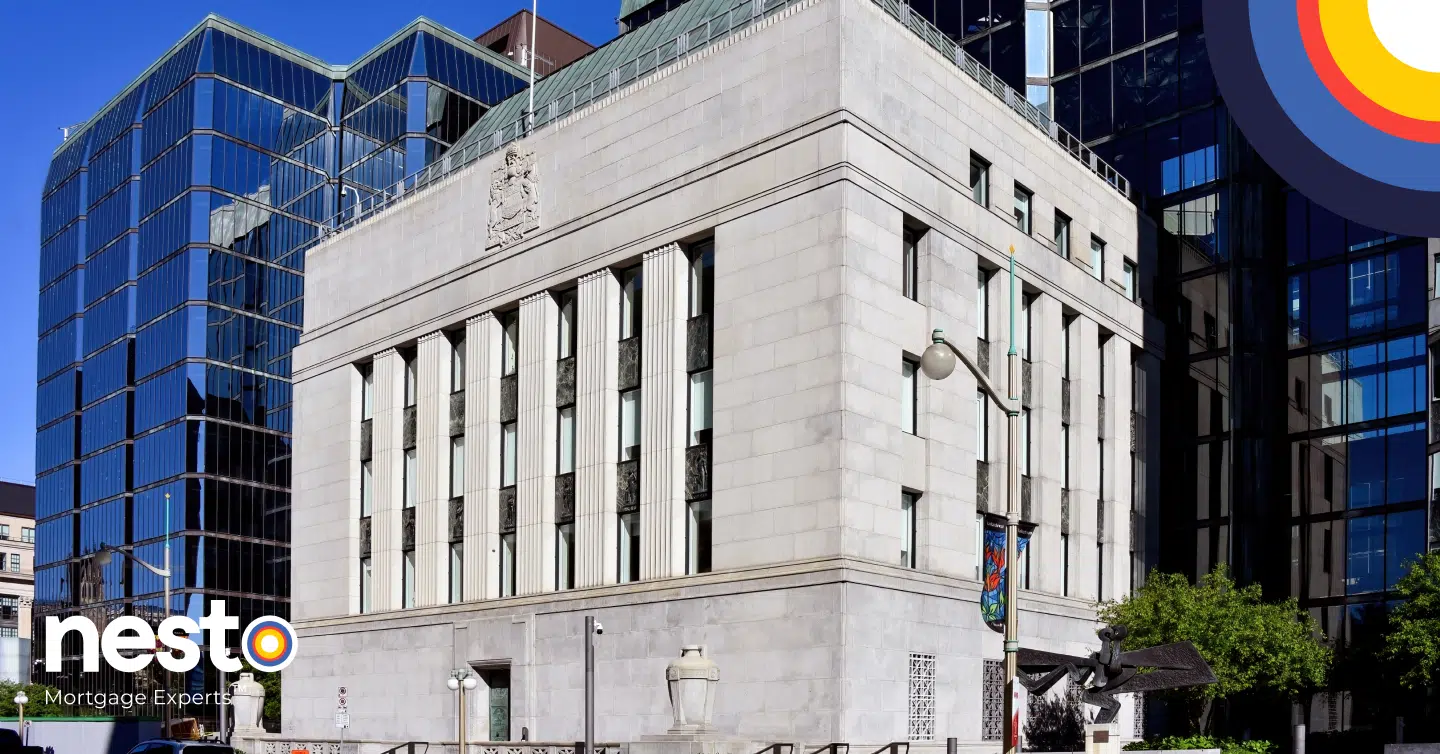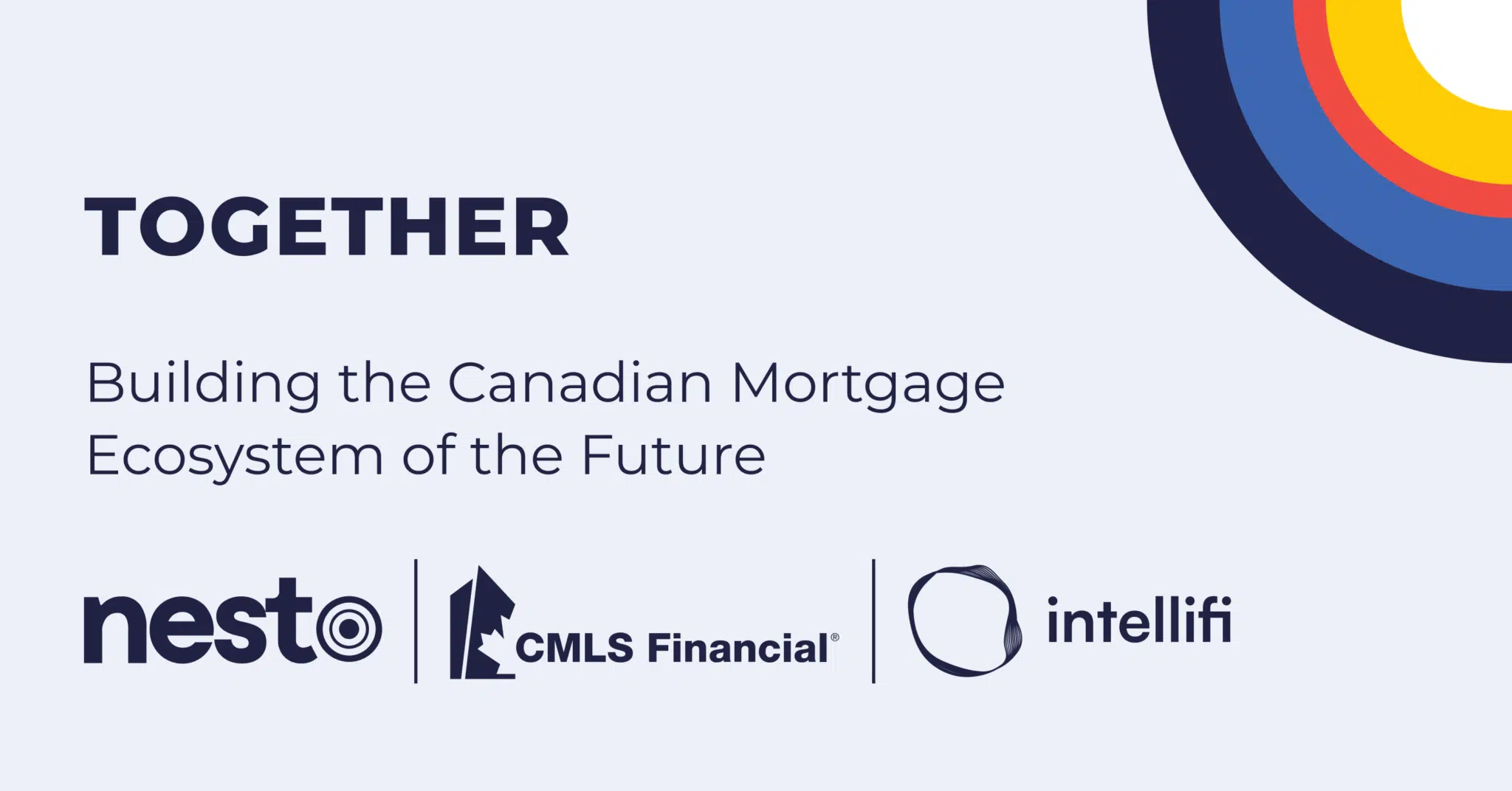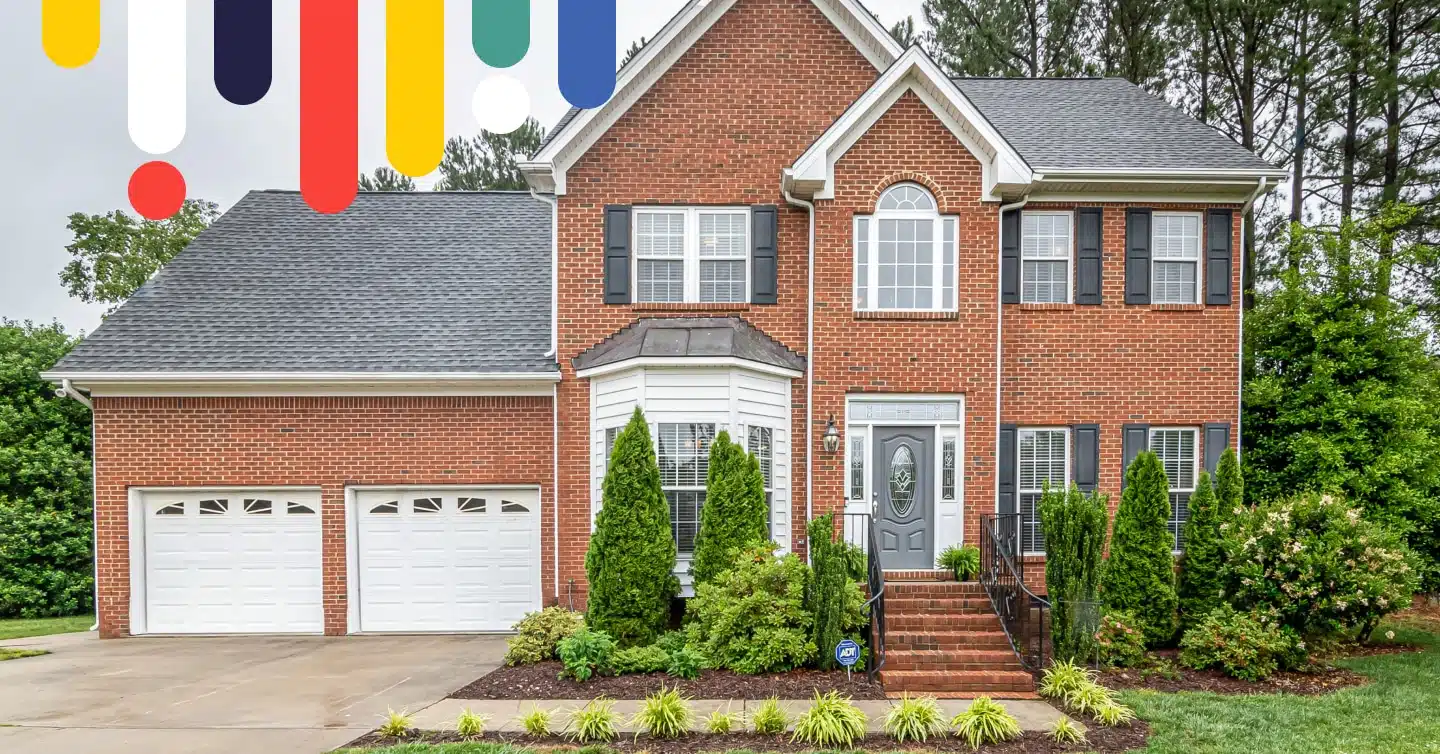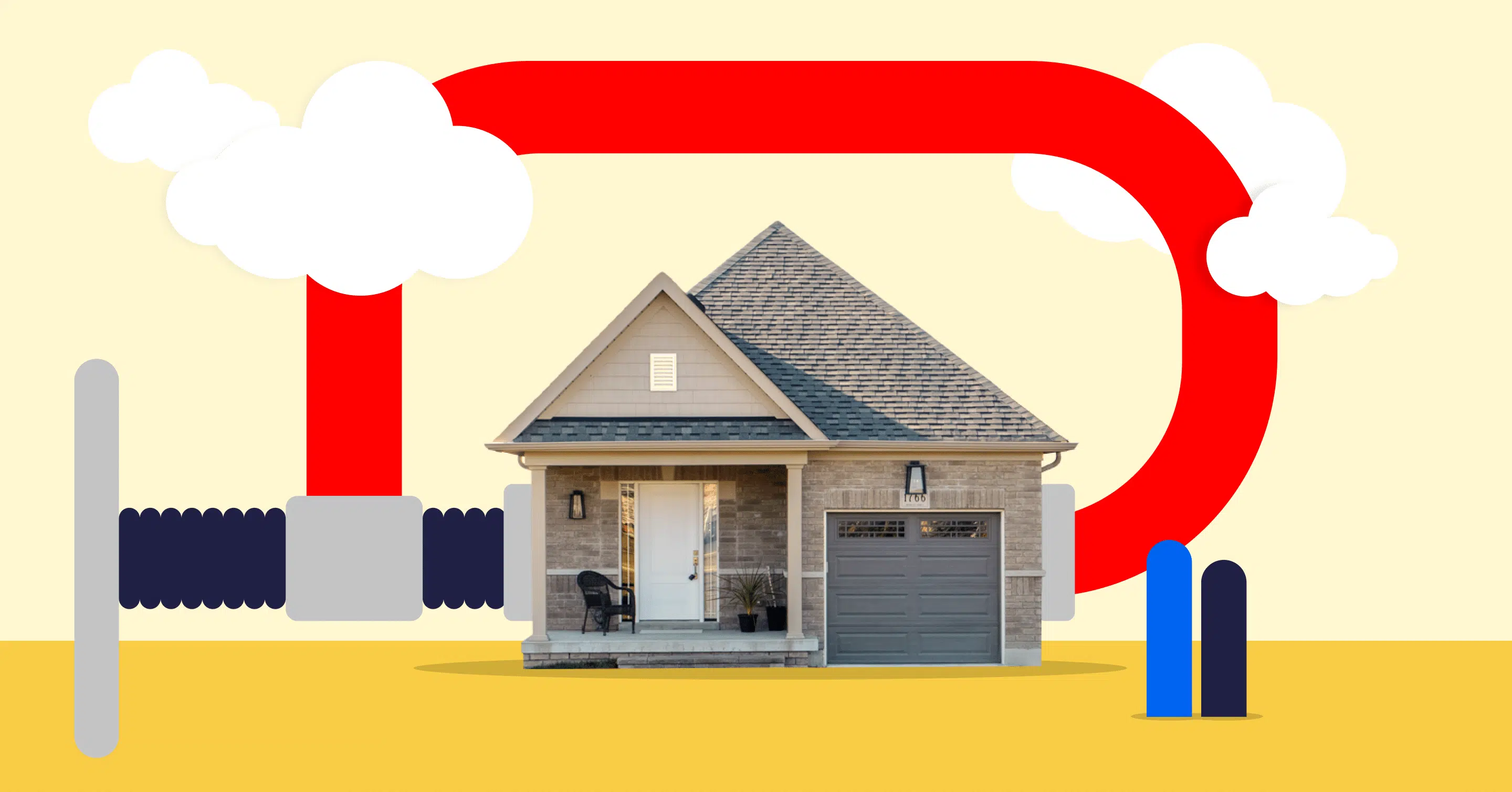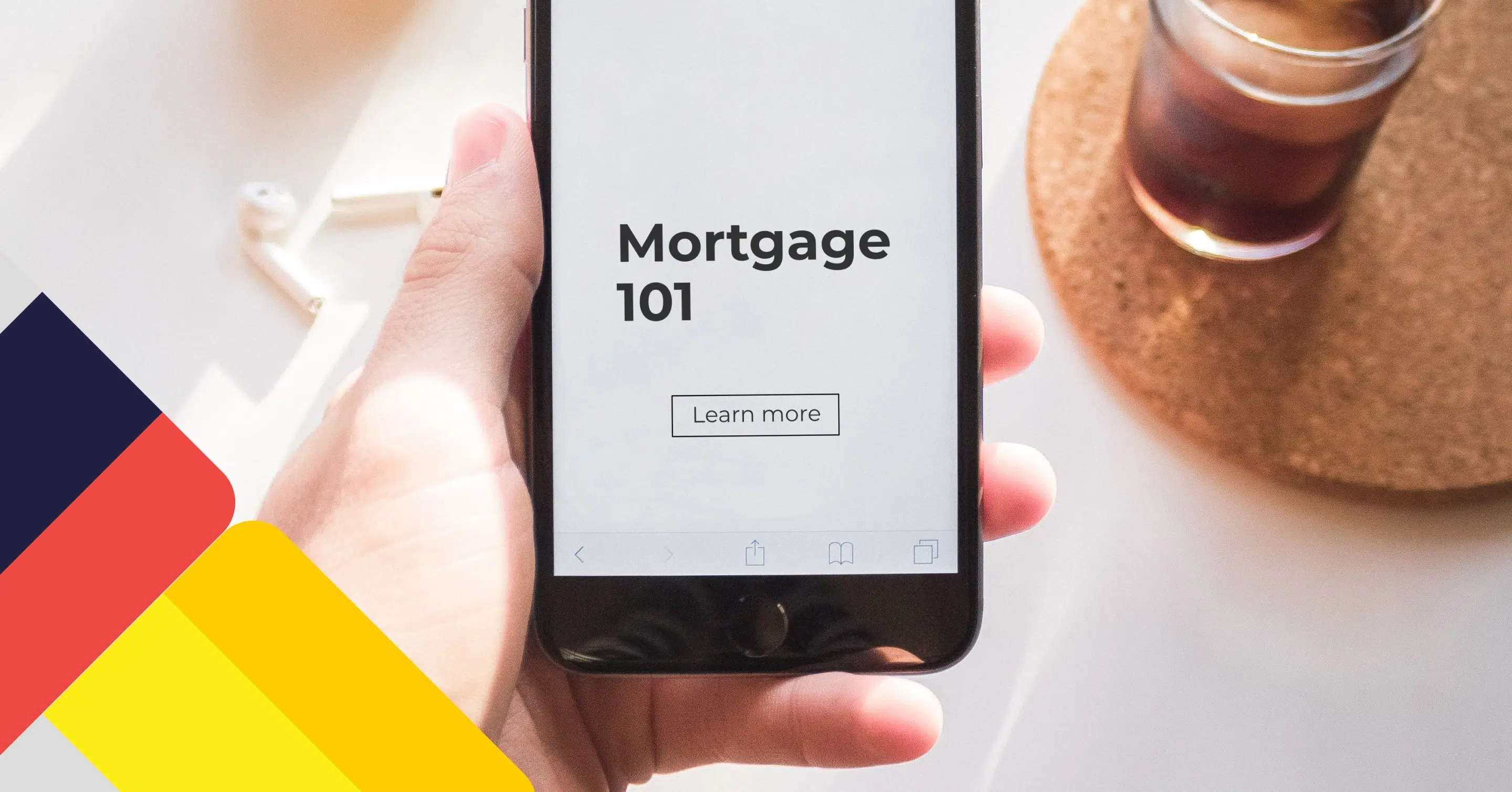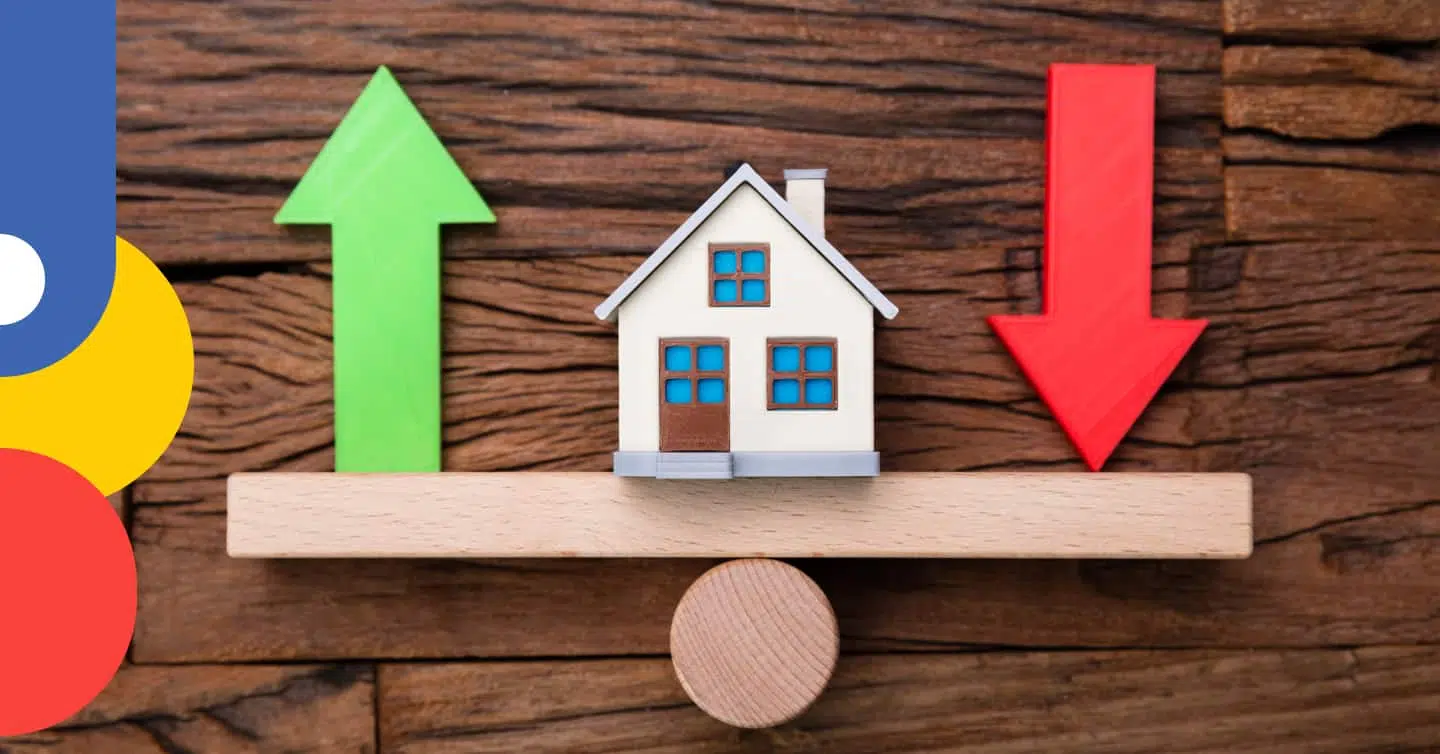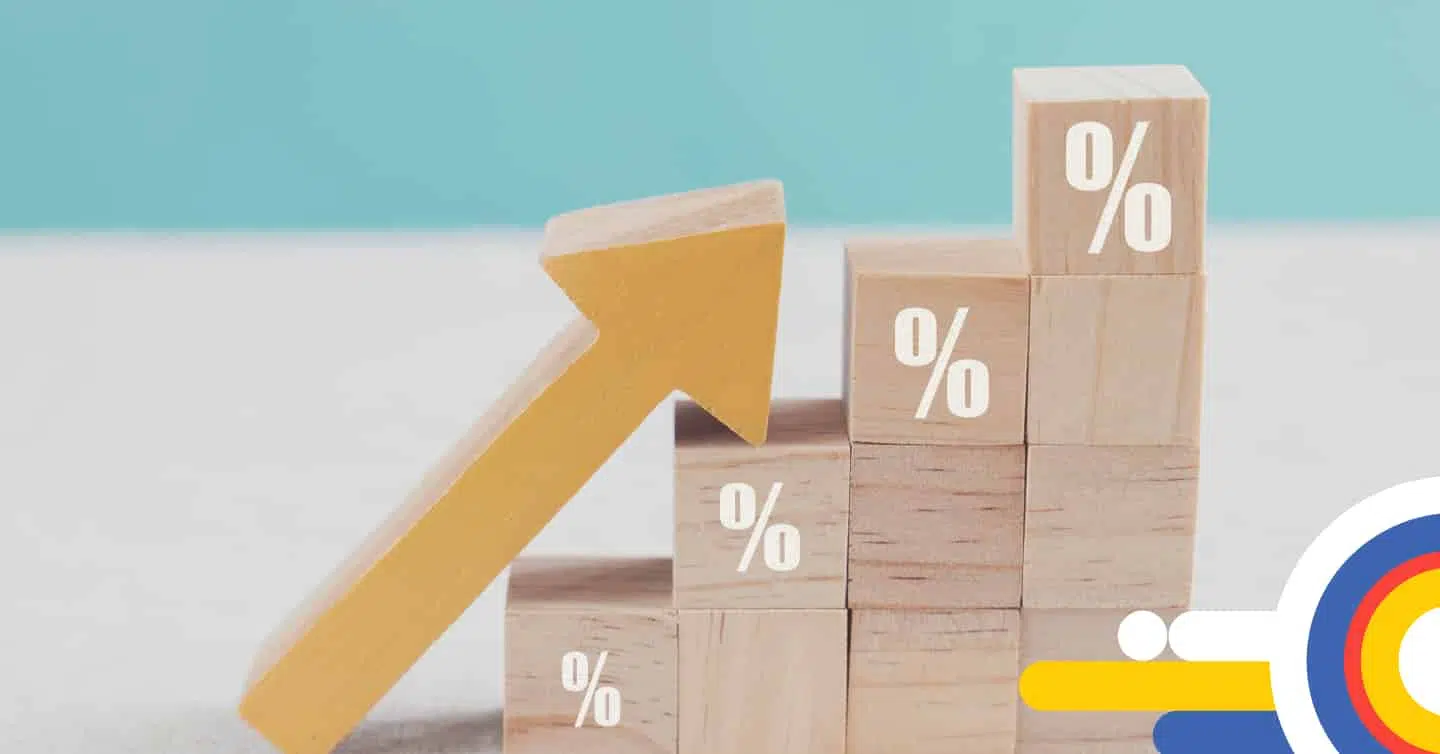Find Today’s Lowest Variable Mortgage Rate
Today’s Best Mortgage
No rates at the moment
No rates at the moment
*Insured loans. Other conditions apply. Rate in effect as of today.
Current Variable Mortgage Rates in Canada
National Variable Mortgage Rate Trends for Today
For Tuesday, July 15, 2025:
Canada’s average 3-year conventional variable and adjustable mortgage rates are
Canada’s average 5-year conventional variable and adjustable mortgage rates are
1 basis point is 1/100 of a percentage point, equaling 0.01%.
What are the average variable mortgage rates in Canada today?
As of Tuesday, July 15, 2025, average variable mortgage rates for conventional loans, available to borrowers with at least a 20% downpayment, are typically higher than insured rates but offer more flexibility and come without the added cost of default insurance.
Listed below are the average conventional variable mortgage rates available across Canada, including in Ontario, Québec, British Columbia, and Alberta:
- 3-year variable mortgage rate:
5.50% - 5-year variable mortgage rate:
4.67%
What are the lowest variable mortgage rates in Canada today?
As of Tuesday, July 15, 2025, variable high-ratio mortgage rates, available to borrowers with less than a 20% downpayment, remain among the most competitive in Canada, thanks to mortgage default insurance. These rates are often the lowest offered by lenders.
The following are the lowest insured variable mortgage rates available across Canada, including in Ontario, Québec, British Columbia, and Alberta:
- 3-year variable insured mortgage rate:
- 5-year variable insured mortgage rate:
Your Guide to Getting the Best Variable Mortgage Rates
The majority of mortgage holders in Canada, about 70%, tend to opt for a fixed mortgage rate. However, since the pandemic, that number has hovered around 50% of new mortgages. This choice is not because it is the cheapest or best option, but because it offers a predictable and secure repayment schedule.
Interestingly, many banks promote fixed rates because they make their highest profits on the rate or the prepayment penalty to break it. This is likely why most borrowers are more familiar with fixed rates. However, variable-rate mortgages have historically saved borrowers the most, especially when considering a long-term mortgage strategy. Therefore, it might be worth considering this option.
By choosing an adjustable or variable interest rate, you allow for fluctuations during your mortgage term. This means that your interest rate can increase or decrease. Opting for a variable interest rate may result in a lower rate than a fixed rate.
Additionally, having a variable interest rate means you will be the first to experience the benefits or drawbacks of any changes in your lender’s prime rate. This flexibility can lead to potential savings or costs depending on market fluctuations.
Variable Mortgages
There are two types of variable-rate mortgages: those with static payments and those with fluctuating payments. Static-payment variable-rate mortgages are more specifically called variable-rate mortgages (VRM).
In contrast, variable-rate mortgages with a fluctuating payment, where the payment adjusts with changes in the lender’s prime rate, are more accurately called adjustable-rate mortgages (ARM). They are both commonly known as variable-rate mortgages.
Variable-Rate Mortgage
As the payment is intended to stay the same, any increases to the interest rate will mean that more of the regular payment goes towards interest. An increasing interest rate component will cause the principal balance not to be paid. The repayment schedule could change, increasing your remaining amortization.
Although not often, when rates go up, they can cause this type of mortgage to over-amortize. Over-amortization means that when your 5-year term ends, you may have added another 7 more years to your amortization.
If you’re using this option in a rising rate environment, you’re most at risk of payment shock at renewal. Additionally, you may be affected by trigger rates and trigger points during the term of your mortgage. These risks are explained below by examining how they affect a fixed (or static) payment variable-rate mortgage.
If interest rates decrease, more of your payment will go toward the principal, causing the mortgage to be paid off faster. This means a lower remaining amortization at the end of your term.
In past market cycles, rates have generally trended downward, creating interest cost savings for borrowers who choose this option. This overpayment means that, at the end of your 5-year mortgage term, you could have paid off 8 years of principal.
Adjustable-Rate Mortgage
With this arrangement, the principal portion of your mortgage payment stays consistent throughout your mortgage term. The interest portion of your mortgage payment will fluctuate with changes to your lender’s prime rate. You will realize a change to your mortgage payment with each change to the interest rate on your variable-rate mortgage with fluctuating payments.
No changes to your remaining amortization are expected unless you prepay any part of your principal mortgage balance during the term of your mortgage. No risks are associated with this mortgage option except payment shocks in a rising rate environment.
Benefits of Variable Mortgages
Whether you choose a fluctuating payment (ARM) or fixed payment (VRM) option, they share some key benefits.
Immediate Savings: If rates fall, your payments will decrease on your adjustable mortgage with fluctuating payments.
Long-Term Savings: If rates fall, more of your payment will go directly towards paying off the principal of your variable mortgage with fixed payments.
Lower Prepayment Penalty: It’s cheaper to break a variable-rate mortgage—3 months’ interest payment vs. an interest rate differential (IRD) penalty often associated with breaking a fixed-rate mortgage.
Disadvantages of Variable Mortgages
Immediate Costs: If rates increase, your payments will increase on your adjustable mortgage with fluctuating payments.
Long-Term Costs: If rates increase, more of your payment will go to the interest component on your variable mortgage with fixed payments. Unless you increase your payments, your mortgage will suffer from negative amortization if it hits its trigger rate, which can lead to payment shock once it reaches its trigger point.
Payment Shock
The main drawback of fixed payment variable rate mortgages may be a payment shock at renewal time. How could this happen? If rates go up and your payment doesn’t, your mortgage could over-amortize.
That means the remaining amortization and balance will exceed your expected repayment schedule. Your new payment will be based on the remaining mortgage balance on an amortization schedule reduced by your term.
For example, if you go into your mortgage term with a 25-year amortization, after 5 years, you should have only 20 years left. However, if your mortgage has over-amortized, you could have 27 years left to pay when you finish your term.
At the time of renewal, your amortization will have to be rolled back to the chronological 20-year remaining period, thus causing your payment to be much higher.
Trigger Rates
The trigger rate on a variable-rate mortgage is reached when the fixed payment no longer covers the mortgage’s interest portion. This occurs when no principal is paid down on your mortgage, leaving only the interest paid down while rates increase.
Once you hit your trigger rate before renewal, your lender may offer to re-adjust your mortgage payment, similar to renewal, to balance it back to where it should be.
You can proactively take control of your mortgage by exercising one of the following options:
- You can renew your mortgage by adjusting your payment to keep it in line with continuing to pay down your principal.
- You can pay down your principal and keep your payment the same.
- You can pay down your mortgage and increase your payment, taking advantage of both options to avoid a big hit to your cash flow or savings.
Trigger Point
The trigger point is when the balance owing on your mortgage is more than the original mortgage amount. The trigger point occurs as the interest repayments take away more of the principal component of your mortgage payments once your trigger rate is surpassed.
At this point, your lender must put your mortgage back on track by having you exercise one of these options:
- Principal prepayment to cover the ballooned principal balance.
- Increasing your payment to compensate for the additional principal payment.
- Refinance your mortgage to increase your amortization.
Before you proceed with any of these options, you are advised to contact a mortgage expert to discuss your options before making changes to your mortgage or payment that you may need help affording or reversing.
How do variable mortgage rates relate to the prime rate?
A variable-rate mortgage fluctuates with the Bank of Canada’s prime rate, which mirrors the movement in the Bank of Canada’s key policy rate, throughout your mortgage term.
The Bank sets a baseline interest rate twice every quarter. This baseline rate is the Key Overnight Target Rate used to lend money to banks. Banks will add a spread to this baseline and call it their Prime Rate.
Bank of Canada Policy & Prime Rate Changes
| Date of Rate Change | Key Overnight Target Rate (%) | Change (%) | Bank Prime Rate |
|---|---|---|---|
| June 2, 2010 | 0.30% | 0.25% | 2.50% |
| July 21, 2010 | 0.55% | 0.25% | 2.75% |
| September 9, 2010 | 0.80% | 0.25% | 3.00% |
| January 28, 2015 | 0.65% | -0.15% | 2.85% |
| July 16, 2015 | 0.50% | -0.15% | 2.70% |
| July 13, 2017 | 0.75% | 0.25% | 2.95% |
| September 7, 2017 | 1.00% | 0.25% | 3.20% |
| January 18, 2018 | 1.25% | 0.25% | 3.45% |
| July 12, 2018 | 1.50% | 0.25% | 3.70% |
| October 25, 2018 | 1.75% | 0.25% | 3.95% |
| March 5, 2020 | 1.25% | -0.50% | 3.45% |
| March 17, 2020 | 0.75% | -0.50% | 2.95% |
| March 30, 2020 | 0.25% | -0.50% | 2.45% |
| March 3, 2022 | 0.50% | 0.25% | 2.70% |
| April 14, 2022 | 1.00% | 0.50% | 3.20% |
| June 2, 2022 | 1.50% | 0.50% | 3.70% |
| July 14, 2022 | 2.50% | 1.00% | 4.70% |
| September 7, 2022 | 3.25% | 0.75% | 5.45% |
| October 26, 2022 | 3.75% | 0.50% | 5.95% |
| December 7, 2022 | 4.25% | 0.50% | 6.45% |
| January 25, 2023 | 4.50% | 0.25% | 6.70% |
| March 8, 2023 | 4.50% | 0.00% | 6.70% |
| April 12, 2023 | 4.50% | 0.00% | 6.70% |
| June 7, 2023 | 4.75% | 0.25% | 6.95% |
| July 12, 2023 | 5.00% | 0.25% | 7.20% |
| September 6, 2023 | 5.00% | 0.00% | 7.20% |
| October 25, 2023 | 5.00% | 0.00% | 7.20% |
| December 6, 2023 | 5.00% | 0.00% | 7.20% |
| January 24, 2024 | 5.00% | 0.00% | 7.20% |
| March 6, 2024 | 5.00% | 0.00% | 7.20% |
| April 10, 2024 | 5.00% | 0.00% | 7.20% |
| June 5, 2024 | 4.75% | 0.25% | 6.95% |
You can learn more about this topic by understanding how the Bank of Canada Policy Rate works.
How are variable mortgage rates determined?
The interest rates charged on variable mortgages are affected by changes in the Bank Rate and Policy Rate (also known as the Target for the Overnight Rate) set by the Bank of Canada. Every lender uses the Policy Rate to determine their prime rate. Since variable-rate mortgages fluctuate with their lender’s prime rate, there is a direct correlation between the overnight rate and the interest rate on variable mortgages.
Lenders often provide a discounted variable rate to attract customers and compete with other lenders. The discount amount is determined by each lender’s profitability and market conditions. When you sign up for a variable rate, your lender discount remains unchanged throughout the mortgage term, even if the rate fluctuates. When your lender’s prime rate changes, the rate on your variable-rate mortgage (VRM) and your adjustable-rate mortgage (ARM) will vary with their discounts.
What drives changes in variable mortgage rates?
Variable mortgage rates fluctuate with your lender’s prime rate. The prime rate is determined by the Bank of Canada’s overnight lending rate, which is decided at 8 scheduled meetings yearly. Usually, the policy and prime rates move in tandem, but there can be exceptions.
Changes in the policy rate directly impact short-term interest rates, including the prime rate used by banks and lenders for variable-rate mortgages. The policy rate set by the Bank of Canada can also influence long-term interest rates, especially if a lasting change is anticipated. Expectations about the Bank of Canada’s ability to manage inflation determine fixed mortgage rates; however, the policy rate serves as the benchmark for all rates in Canada.
Variable rates are typically expressed as prime plus premium (+) or minus discount (-), a certain percentage. This premium or discount remains consistent throughout your mortgage term relative to the prevailing prime rate.
Is a variable rate better than a fixed rate?
A fixed-rate mortgage benefits budgeting and offers financial stability, as mortgage payments always remain the same. A variable-rate mortgage allows you to save as rates fluctuate.
Choosing between variable and fixed rates depends on individual preferences and financial circumstances. A variable-rate mortgage offers flexibility as the interest rate may change with the lender’s prime rates. In contrast, a fixed-rate mortgage provides stability with a consistent interest rate throughout the term.
Variable-rate mortgages can be more cost-effective than fixed-rate mortgages, but it’s essential to consider individual circumstances when choosing the right strategy for your unique needs. Choosing between variable and fixed rates depends on personal preferences and risk tolerance, and consulting with a mortgage expert can help assess potential risks.
Both options have advantages; some borrowers prefer the predictability of fixed payments, even though variable mortgages can help them save money in the long run. Starting with a fixed mortgage can provide first-time home buyers (FTHBs) with a more predictable and stable budget for their costliest obligations during the first term of their mortgage.
Which variable-rate mortgage is more suitable for me? ARM or VRM?
VRMs are most suited during rate hike cycles, whereas ARMs are more suitable during rate cut cycles.
There are 2 variable-rate mortgages: fixed-payment variable-rate mortgages (VRM) and adjustable-payment adjustable-rate mortgages (ARM). Both are generally referred to as variable-rate mortgages. The choice between the two depends on market rates, risk tolerance, and the purpose of the mortgage.
Payments on ARMs will adjust with rate changes, whereas amortizations on VRMs will also adjust with rate changes. VRMs are most suitable for income properties, where investors often prioritize interest-carrying cost deductions to reduce their taxable rental income. An ARM is ideal for becoming mortgage-free faster with your primary residence.
How do I lock my variable mortgage into a fixed rate?
A mortgage conversion allows you to convert your variable rate by locking it into a fixed rate.
Through a mortgage feature known as convertibility, variable-rate mortgages (VRM) can be converted to a fixed rate for a new term or the remainder of your term. Before converting your mortgage, weigh the costs and benefits.
Conduct a cost savings analysis to determine if paying a premium for a fixed rate or a possible early payout penalty is justified. Consult a mortgage expert for clarity on lender restrictions and to ensure they do not jeopardize flexibility for your plans.
Why Choose nesto
At nesto, our commission-free mortgage experts, certified in multiple provinces, provide exceptional advice and service that exceeds industry standards. Our mortgage experts are non-commissioned, salaried employees who provide impartial guidance on mortgage options tailored to your needs and are evaluated based on client satisfaction and advice quality. nesto aims to transform the mortgage industry by providing honest advice and competitive rates using a 100% fully digital, transparent, seamless process.
nesto is on a mission to offer a positive, empowering and transparent property financing experience – simplified from start to finish.
Contact our licensed and knowledgeable mortgage experts to find your best mortgage rate in Canada.


